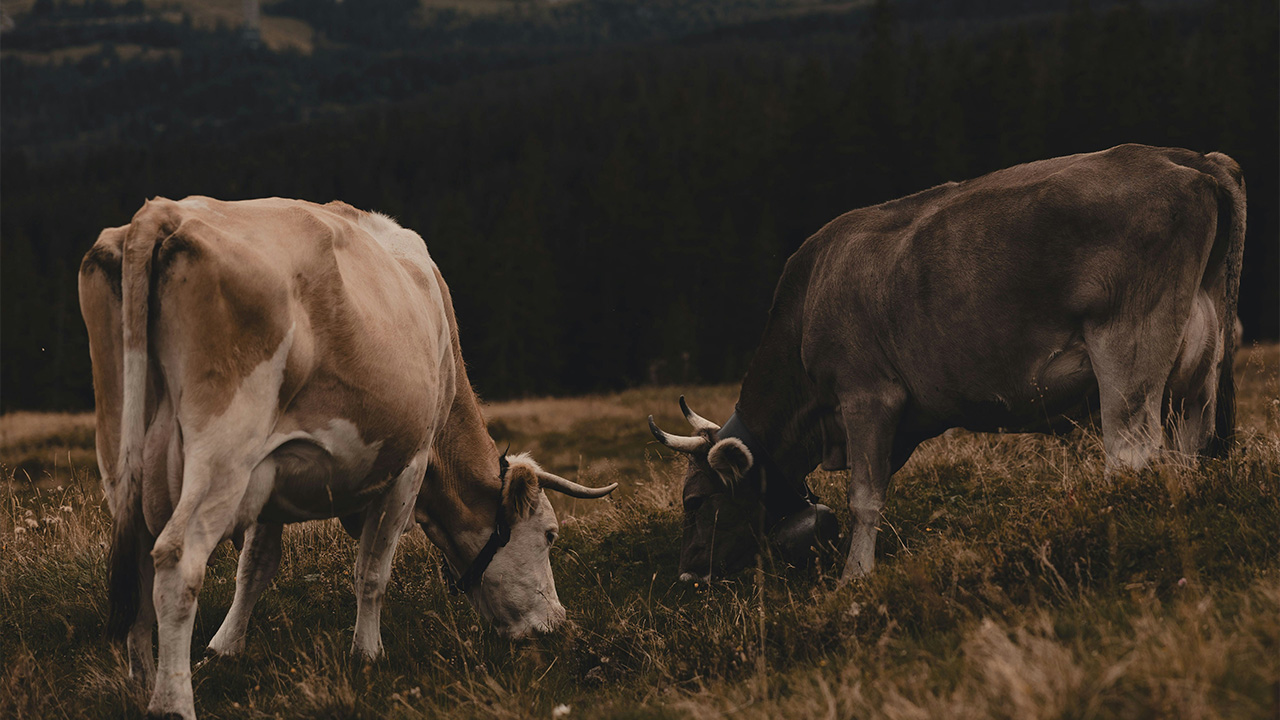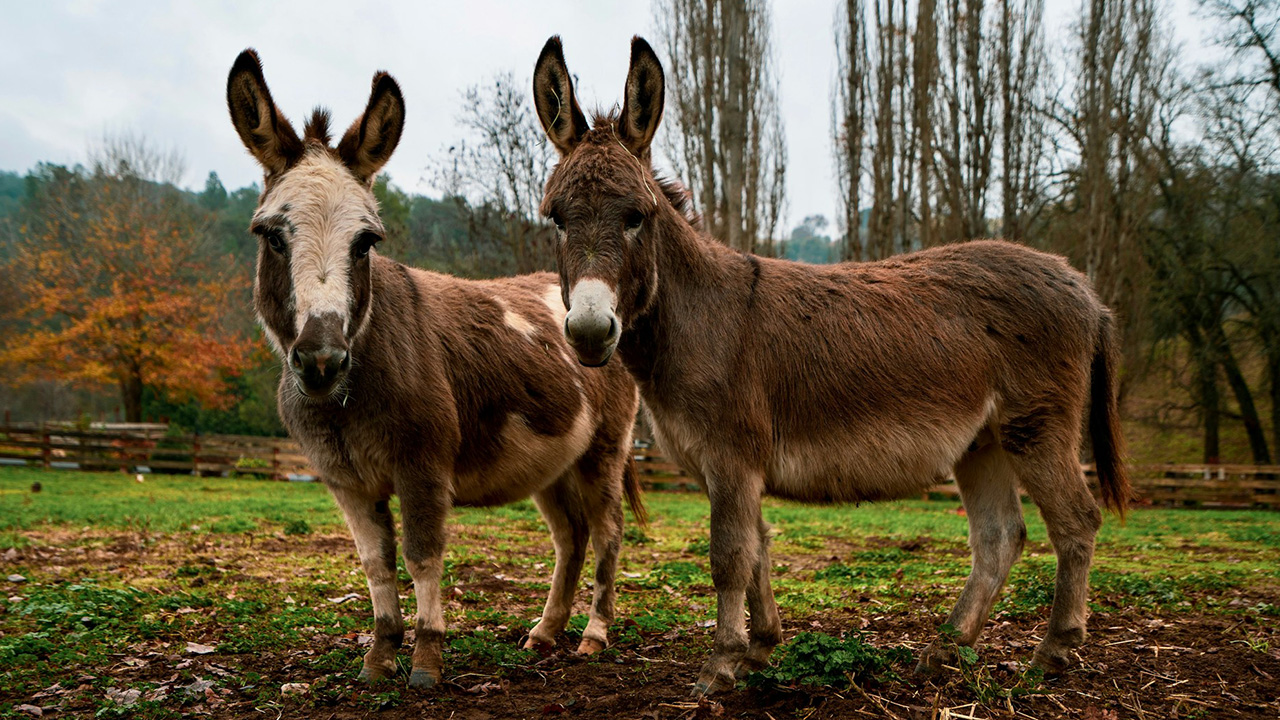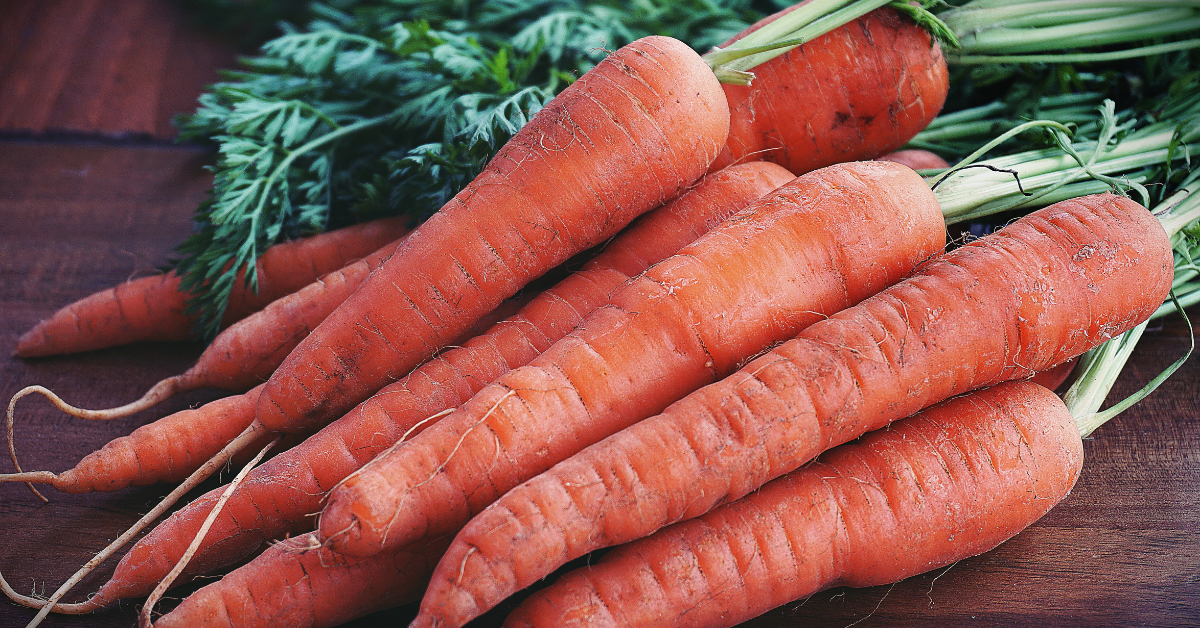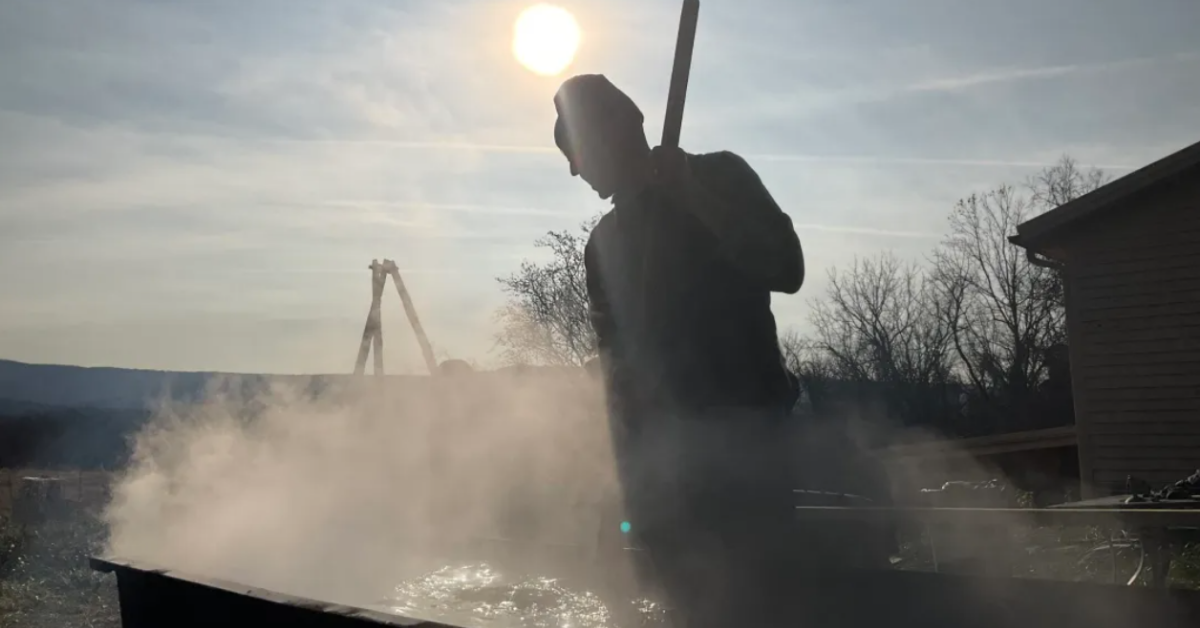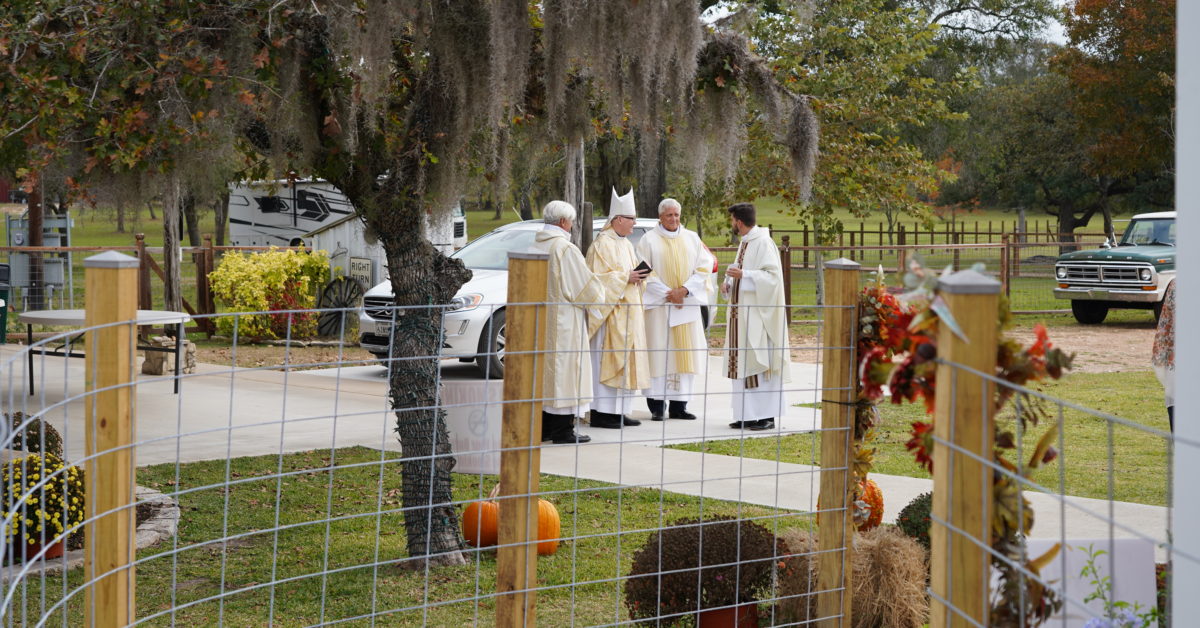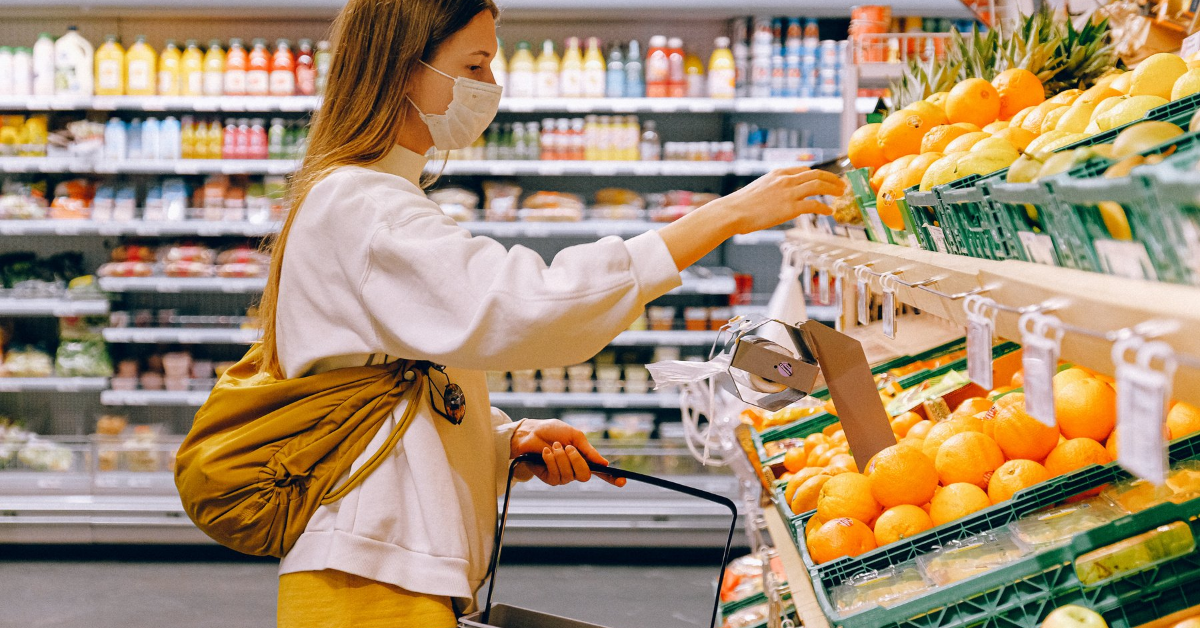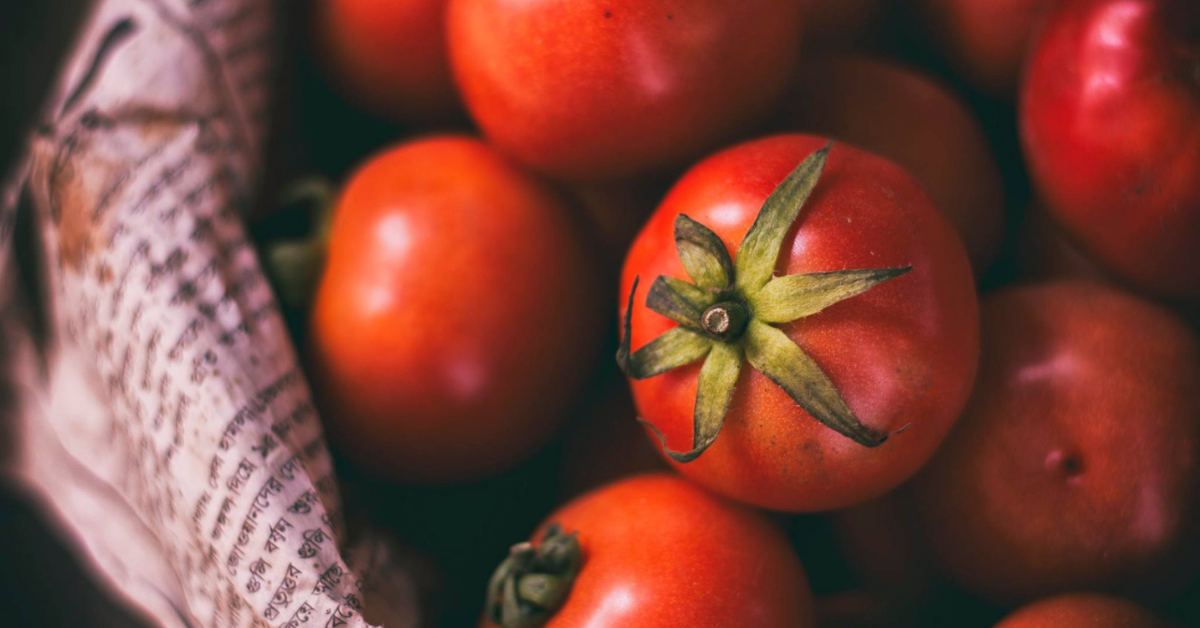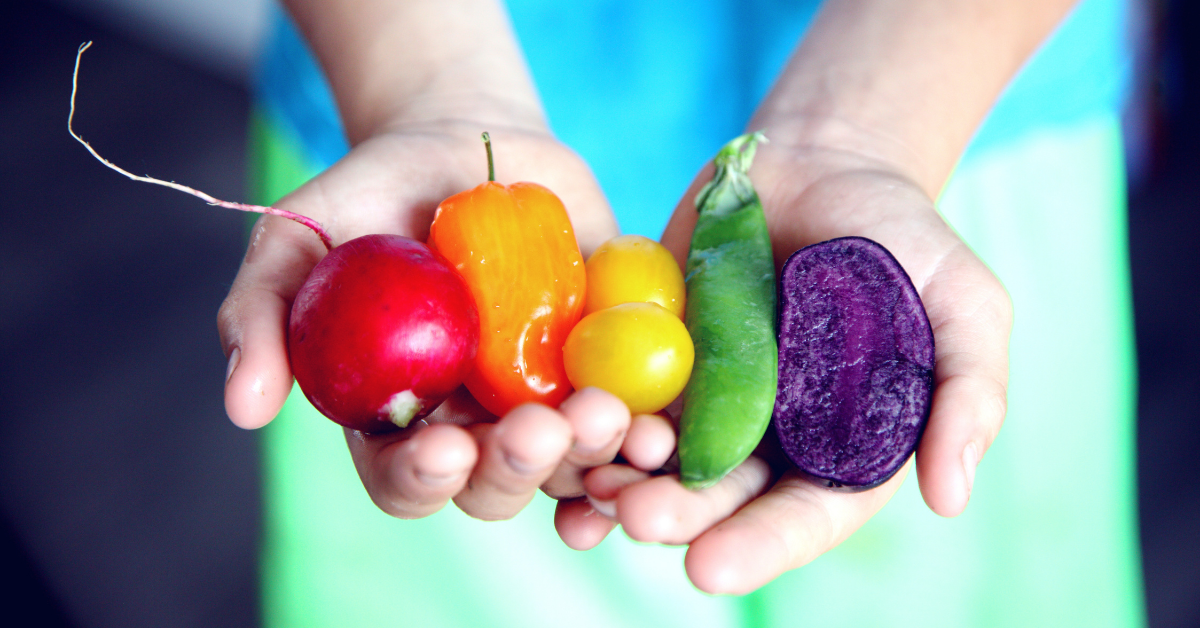 As a voice for family farmers over many decades, Catholic Rural Life is asked by bishops and members of the Church to help them understand controversial issues in agriculture and food production. One such issue over the years has been CAFOs—concentrated animal feeding operations—now the dominant system of livestock production in the United States and other parts of the world. There has been public concern about these operations, both about the welfare of the animals that are being confined and the possible risks to the environment from the concentrated waste produced by the animals.
As a voice for family farmers over many decades, Catholic Rural Life is asked by bishops and members of the Church to help them understand controversial issues in agriculture and food production. One such issue over the years has been CAFOs—concentrated animal feeding operations—now the dominant system of livestock production in the United States and other parts of the world. There has been public concern about these operations, both about the welfare of the animals that are being confined and the possible risks to the environment from the concentrated waste produced by the animals.
The U.S. Environmental Protection Agency (EPA) defines CAFOs as agricultural enterprises where animals are kept and raised in confined situations. Feed is brought to the animals rather than the animals grazing in fields or on rangeland.
According to a report issued by the CDC (Understanding Concentrated Animal Feeding Operations and Their Impact on Communities), “Livestock farming has undergone a significant transformation in the past few decades. Production has shifted from smaller, family-owned farms to large farms that often have corporate contracts.” The poultry industry turned to CAFOs as early as the 1950s; most cattle and pig operations began the turn by the 1970s and 1980s. By the mid-2000s, CAFOs dominated livestock and poultry production in the United States, and the scope of their market share is steadily increasing.
According to the EPA and the Natural Resources Conservation Service of the USDA, there are roughly 212,000 animal feeding operations in the United States today. The term “CAFO” is reserved for the highly concentrated operations, those with more than 1000 “animal units” confined on site for more than 45 days during the year. (An animal unit is defined as an animal equivalent of 1000 pounds live weight and equates to 1000 head of beef cattle, 700 dairy cows, 2500 swine weighing more than 55 lbs, 125 thousand broiler chickens, or 82 thousand laying hens or pullets.)
Why is the EPA charged with regulating CAFOs? Because these kinds of animal operations discharge manure and wastewater into streams and other waterways. CAFOs are regulated by EPA under the Clean Water Act in both the 2003 and 2008 versions of the “CAFO” rule. The CDC report says:
AFOs were first identified as potential pollutants in the 1972 Clean Water Act. Section 502 identified “feedlots” as “point sources” for pollution along with other industries, such as fertilizer manufacturing. (…) CAFOs are AFOs that contain at least a certain number of animals, or have a number of animals that fall within a range and have waste materials that come into contact with the water supply. This contact can either be through a pipe that carries manure or wastewater to surface water, or by animal contact with surface water that runs through their confined area.
Besides the concern for the environment, there are concerns for the welfare of the animals and how they are sometimes treated. There are questions about whether confinement is right for animals—within their nature—and there is a question about the feed given to the animals, especially with additives, including antibiotics, rather than the grass and plants that they would eat in their natural environment.
Pope John Paul II said in, The Ecological Crisis: A Common Responsibility, “Faced with the widespread destruction of the environment, people everywhere are coming to understand that we cannot continue to use the goods of the earth as we have in the past. . . . [A] new ecological awareness is beginning to emerge. . . . The ecological crisis is a moral issue.” We need to open a dialogue between farmers, ranchers and confinement operators to discuss the ways in which animals that supply our food can be treated in ways that do not harm them nor the environment. The tricky part of this is to define “harm to them and the environment.” Different people and groups define this in different ways and degrees. Coming to a common ground on the issue will allow us to move forward in a morally conscious way.
If we can take a step back and look at animals as beings created by God, rather than “units” for our use and the bottom line—if we can look at the benefit of humanity and creation rather than efficiency—we can move towards an ever more ethical food system. Eaters and growers alike are starting to move. Family farms are finding their place and voice once again. We are re-acknowledging the noble call to the vocation of farming. Eaters are demanding sustainable, local, and pasture raised meats—and becoming more interested in the farmers that raise the animals that give their lives. A report by John Ikerd, Professor Emeritus, University of Missouri, concludes by saying:
Many Americans have simply lost confidence in the integrity of the corporations and the government agencies with whom the integrity of the food system has been entrusted. Many are buying as much food as they can locally, from people they know and trust. These disenchanted American consumers make up at least a quarter and possibly a third of the total food market, and their numbers are rapidly growing.
For our part, Catholic Rural Life has continued to draw out the moral and ethical values to guide us in shaping a just agricultural system, including livestock and poultry operations. A good place to start is by reviewing our Ethical Food & Agriculture websection. Closely following that is our dedicated website devoted to Faith, Food and the Environment.



